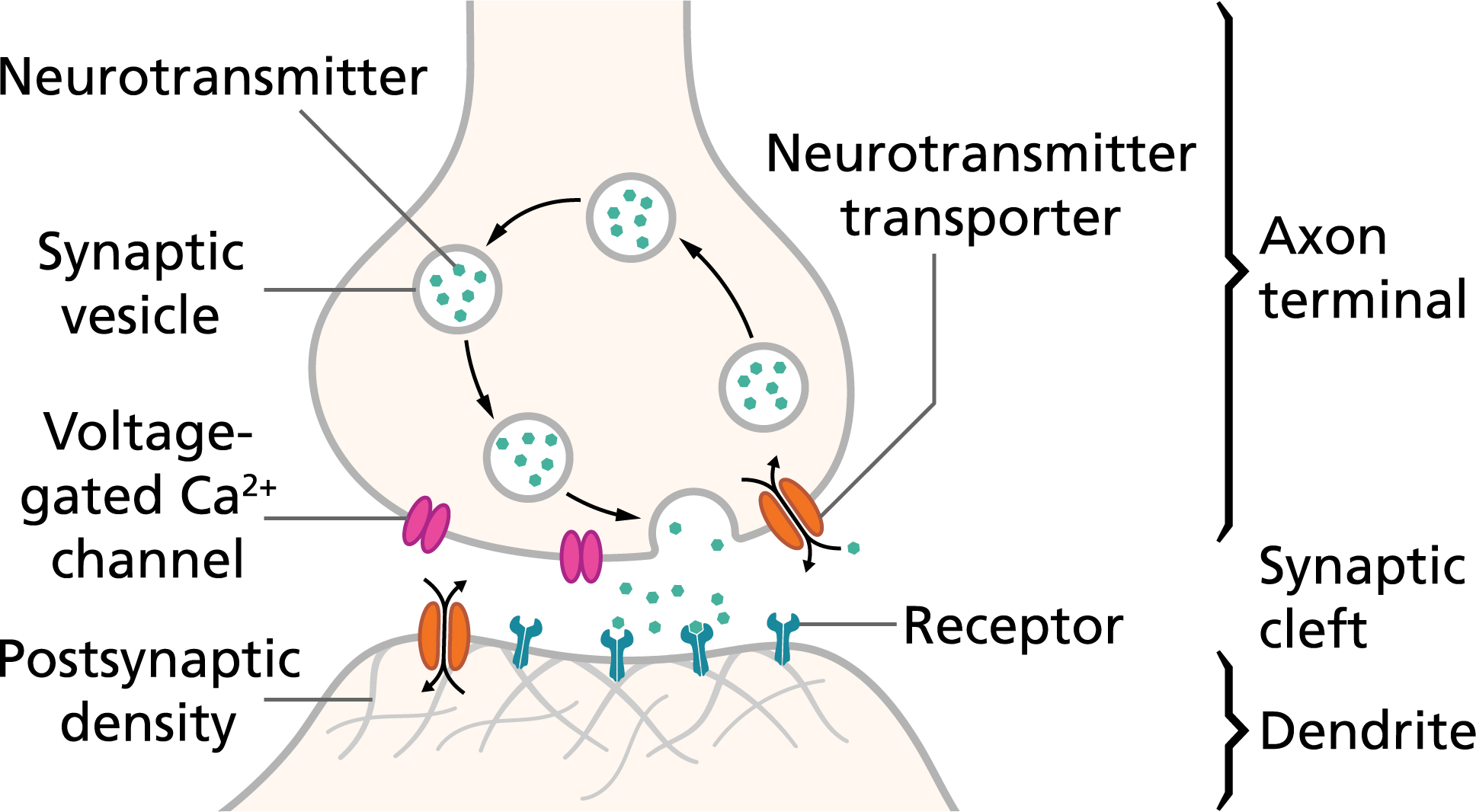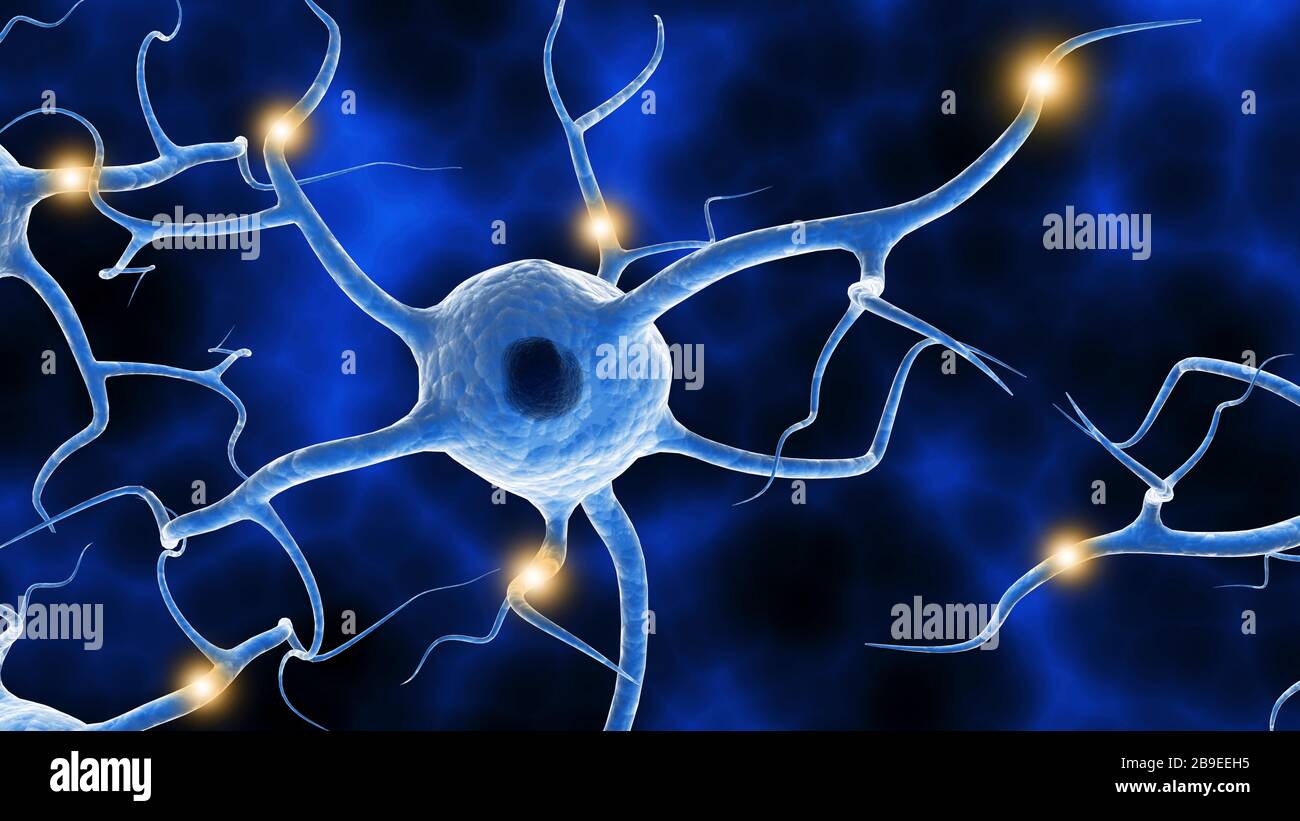
In a first of its kind study, researchers led by Stanford biologist Liqun Luo used genetic experiments and computer models to shed light on two important steps of brain development in young mice: the growth of branching extensions on the bodies of neurons, called dendrites, and the connections that dendrites make with other neurons.
#Synapse brain dendrite axon serial
The use of electrophysiology, laser scanning, and serial electron microscopy, together with 3D computer-aided reconstruction, facilitate the study of neurons and the intricacies of their synapses within the brain.A normal Purkinje brain cell (top) and a Purkinje cell with a GluD2 gene mutation (bottom) that affects the ability to make early synaptic connections with neighbors. Structural and functional classifications of axons, dendrites and their synapses are still emerging. For instance, axo-axonic, somato-axonic, somato-dendritic, dendro-axonic, and dendro-dendritic synapses can occur and provide alternate mechanisms for functional communication between neurons. Other synaptic relationships exist and involve different parts of the neuron. The sterotypical and most abundant synapse in the central nervous system is the asymmetric synapse occurring between an axon and a dendritic spine. Click here to view Colonnier's description of asymmetric and symmetric synapses. The pre-and postsynaptic membranes are more parallel than the surrounding nonsynaptic membrane, and the synapse does not contain a prominent postsynaptic density. In contrast, symmetric synapses involve axons that contain clusters of vesicles that are predominantly flattened or elongate in their appearance. In aldehyde-fixed tissue, asymmetric synapses include axons that contain predominantly round or spherical vesicles and form synapses that are distinguished by a thickened, postsynaptic density. Colonnier extended the observations of Gray using aldehyde-fixed brain. Virtually synonymous with Gray's nomenclature are the terms:ĭescribed by Colonnier (1968). These two categories were further distinguished by their locations: Type 1 synapses were found on dendritic spines and dendrite shafts, whereas Type 2 synapses occurred primarily on dendrite shafts and neuronal cell bodies.

Gray classified two types of synapses within the brain based on the ultrastructural characteristics of the presynaptic (vesicle-bearing) and postsynaptic partners (length of apposed membrane, membrane thickenings and synaptic cleft): Since the late 1950s, the ultrastructural features of individual synapses have been studied extensively using snap-shots obtained via electron microscopy. The density represents the aggregation of neurotransmitter receptors and signaling proteins essential for chemical synaptic transmission. This material is refered to as the postsynaptic density. A characteristic feature of the synapse is the accumulation of opaque material on the cytoplasmic face of the postsynaptic membrane.

Within the presynaptic axonal bouton, clouds of synaptic vesicles are prominent mitochondria may be present, as well as tubules of endoplasmic reticulum. Chemical transmitters bridge this gap by diffusing from release sites on the presynaptic side to receptors on the postsynaptic side.Ī variety of ultrastructural specializations occur at the synapse enabling unambiguous identification of the pre- and postsynaptic partners. The pre- and postsynaptic membranes are separated by a gap, the synaptic cleft. These are called chemical synapses.Ī presynaptic element, an axon, and a postsynaptic element, for example a dendritic spine, are in close apposition at the synapse but not in direct contact. The most common types of synapses in the brain use chemicals (more specifically, neurotransmitters) to communicate between neurons. Functional communication between neurons occurs at specialized junctions called synapses.


 0 kommentar(er)
0 kommentar(er)
